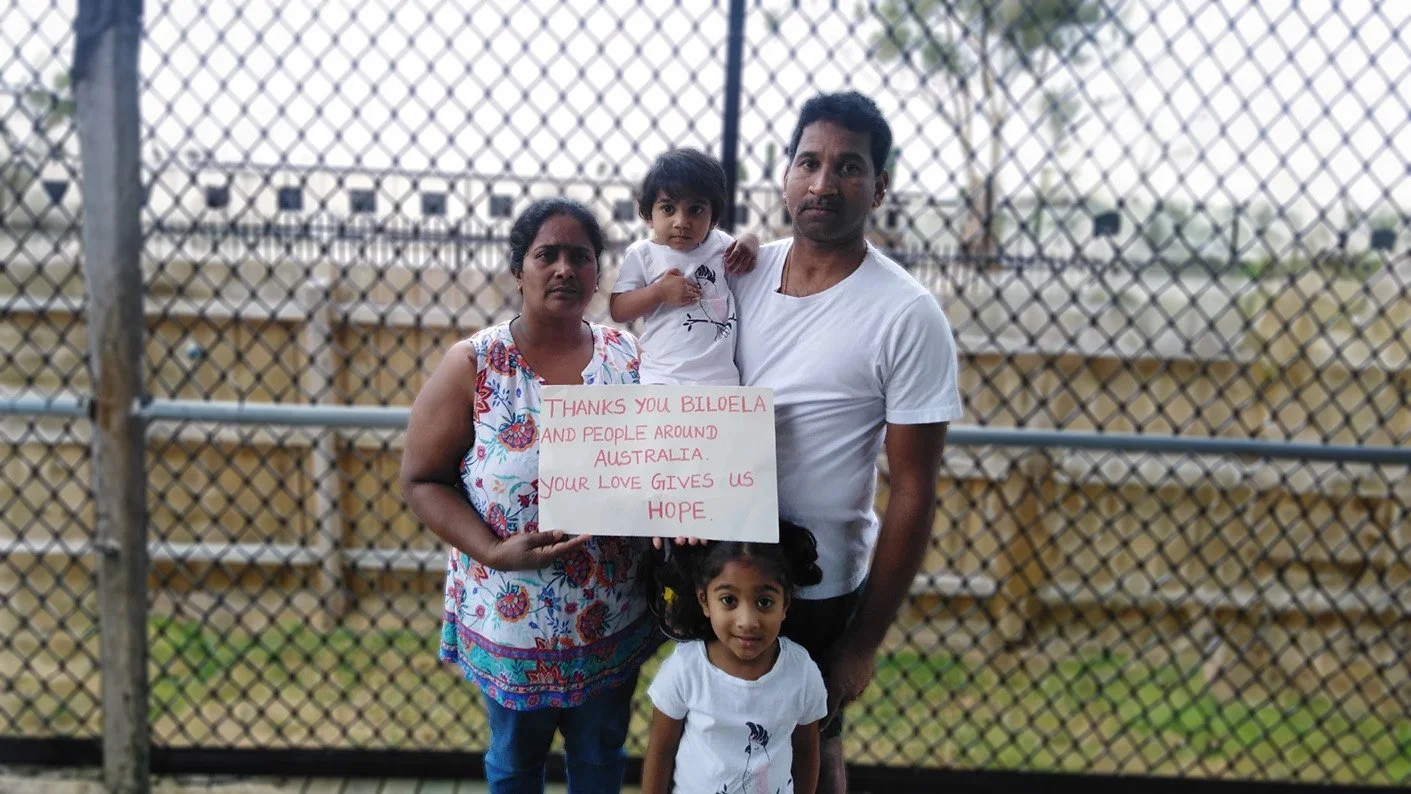Three tactics the Australian government uses to stop asylum seekers from staying ashore
Australia is notorious for its hard stance against asylum seekers. Especially since the Tampa Affair of 2001, its approach to asylum seekers has been characterised by a series of strategic measures aimed at dissuading individuals from seeking refuge within its borders. Whilst the motivations behind these tactics are obfuscated, the tactics are nevertheless clear. Here are three key ones.
Overseas Public Information Campaigns
“Australia has been utilising Overseas Public Information Campaigns [OPICs] since at least 1994,” says Dr Josh Watkins, lecturer of global studies at the National University of Singapore. These OPICs are essentially advertising campaigns commissioned by the Australian government aimed at deterring potential asylum seekers from leaving their country of origin. These can range from trying to convince fishing communities that transporting asylum seekers is a sin, to scare tactics about the risk of the journey to Australia.
In Sri Lanka for example, a country torn by decades of civil war that saw hundreds of thousands displaced from their homes, has been a particular target for Australia’s OPICs.
“They've used a number of different tactics, from radio advertisements, banners, posters, leaflets, social media campaigns, YouTube campaigns in Sri Lanka,” says Dr Watkins. Some notable campaigns include the Don't be Deceived by the Lies of People Smugglers campaign, or the Don't be Sorry campaign.
A poster for the Australian Government’s 2013 campaign Don’t Be Sorry
“The Australian government actually had a dedicated YouTube channel to these campaigns, but we don't know all of the campaigns, we don't know all the tactics, because very often these are secret campaigns that the Australian government doesn't even advertise that they're funding,” says Dr Watkins.
These OPICs were so prevalent during the height of Tamil asylum seekers fleeing Sri Lanka that you would see them in your everyday. Ben Doherty, Journalist for The Guardian Australia, saw these first hand in Sri Lanka. “You'll see huge, big billboards saying, ‘No Way to Get to Australia’. It's this sort of really overt presence of Australia maintaining and almost pushing its border all the way to the shoreline of Sri Lanka.”
One of the more bizarre campaigns that ran in Sri Lanka in 2022 included games simulating fleeing to Australia that always ended up in failure, as well as a short film competition, where the winner would win a camera, a drone, and a GoPro. The competition asks "budding filmmakers from around Sri Lanka to creatively express 'illegal migration to Australia', showcasing that there is zero chance of successfully travelling by boat to Australia".
From the winner’s announcement of the Zero Chance short film competition
Strategic International Aid Allocation
Australia's strategic allocation of international aid also plays a crucial role in its deterrence strategies.
“Starting in the 1990s, Australia started shifting its aid profile to match where they thought displaced peoples may flee from,” says Dr Watkins. “We have to understand that this is an explicit strategy to keep people living encamped in refugee camps.”
Continuing with using Sri Lanka as an example, Australia has not only made monetary donations, but has gifted patrol boats, drones, GPS trackers, even trained their military in the past.
Ben Doherty highlights the political dimensions of Australia's aid allocation, stating, “Less than a fortnight after the Nadesalingam family returned to Biloela, Australia gave Sri Lanka 50 million dollars in aid.”
Offshore Processing and Turnbacks
In addition to preemptive measures, Australia has implemented stringent policies regarding asylum seekers who manage to reach its shores. Offshore processing centres, such as those in Nauru and Manus Island, serve as detention facilities where asylum seekers are held while their claims are processed, sometimes indefinitely.
A filmed message intended to be shown to asylum seekers held in these detention centres features then Immigration Minister Scott Morrison telling asylum seekers, “If you have a valid claim, you will not be resettled in Australia. You will never live in Australia.”
A section of Scott Morrison’s detention centre speech
Furthermore, Australia has engaged in the controversial practice of intercepting and forcibly returning asylum seeker boats at sea, commonly known as turnbacks. While aimed at deterring irregular maritime arrivals, this approach has drawn criticism for its potential violation of human rights and international legal standards.
“People aren't afforded proper access to legal counsel, they’re not afforded proper access to interpreters, they're not able to fairly present their case,” says Doherty.
Charting a better future
These of course are not an exhaustive list. For example, if an asylum seeker is somehow allowed to apply for protection in Australia, they are also faced with a visa application process fraught with its own problems.
But what we are inevitably facing is a future of more forced migration. “We are going to see tens of millions of people forced out and forced to move by conflict, by climate, by all manner of persecution. And to pretend that this is just something that Australia can deal with in isolation with its suite of policies is to ignore the reality of the situation,” says Doherty.
What is clear is that the current systems are not going to stop people moving, and these tactics do not address the root cause of displacement. As Dr Watkins says, “reform is necessary. The consequences of not reforming the international refugee regime, is just simply not acceptable to me, and most certainly not acceptable to the tens of millions of refugees and asylum seekers living across the world in precarity.”





